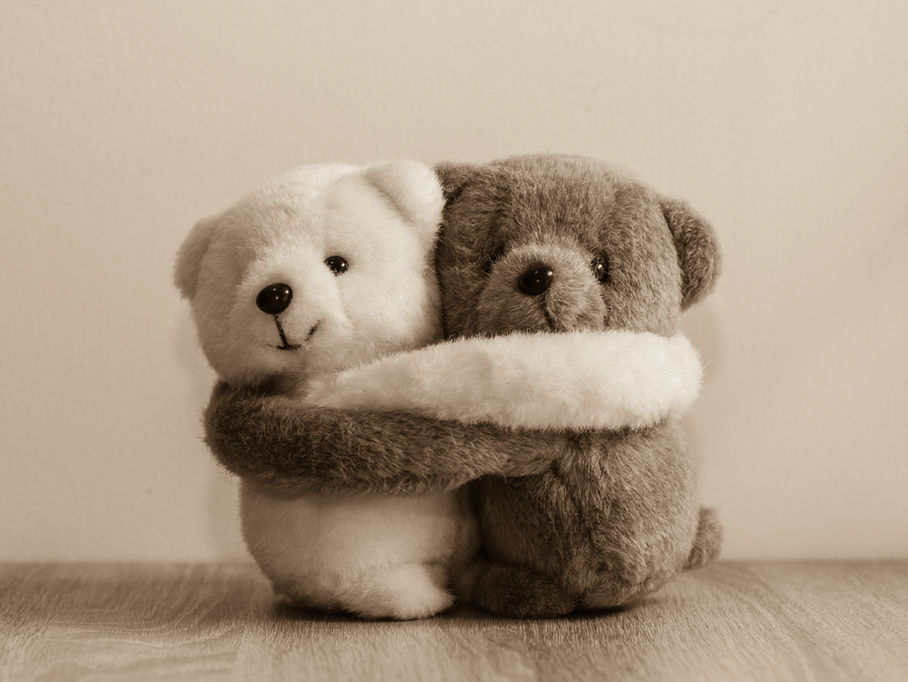Author: Elyssa Helfer, M.A., LMFT

There is truly an abundance of misconceptions about kink and BDSM. From pathologizing narratives assuming mental illness to unwarranted certainty that kink and abuse must coexist, various stereotypes continue to be perpetuated about the kink community. Undoubtedly, stigmatizing narratives exist about the kink community as a whole, often reflected in statements such as, “Kinky people are so (insert discriminatory statement here)” or reflected in the mainstream media. However, while it appears that no individual subgroup under the umbrella of kink is exempt from external discrimination, there are specific subgroups that are notoriously targeted. One of the most misunderstood erotic subcultures where discrimination is often experienced is Age-Players.
Age Play is a subset of BDSM that involves engaging in roleplay and/or power exchange, where one or both participants play as an age different from their biological age. Age Play occurs between consenting adults of legal age and can be experienced in a variety of ways. There are multiple Age Play roles such as Daddy Dom/Little Girl (DD/lg), Mommy Dom/ Little Boy (MD/lb), Caregiver/little (CG/l), and more. Age Play does not subscribe to particular gender norms and can exist with or without play that is sexual in nature. The identities and interactions of Age Players are situationally and relationally varied, and there is significant nuance in the formation and expression of their identities.
So, what is the draw to Age-Play? Paul Rulof, author of Age Play: From Diapers to Diplomas (2011), proposed a variety of motivations and drives to participate in this particular form of play. For some, it exists as a means of relaxation, often through the process of reverting to a younger state of mind, also known as regression. For others, it may be influenced by the desire to relive childhood or even rewrite it. Note that this is not necessarily in response to trauma. Often “littles” can play with toys they did not have access to as a child or dress in a way that they were unable to. In addition, there is often a component of practicing and receiving care, guidance, and nurturance, as well as performing innocence. Lastly, for some, the play is part of a sexual fetish (Rulof, 2011). All of these reasons and more can influence someone to identify with or engage in Age Play. Like so many other identifications and practices within kink, Age Play does not exist in a box. It is not defined as one single thing and “can be a preference, an interest, a like, a point of identification, and anything beyond” (Tiidenberg & Paasonen, 2019)
Tiidenberg and Paasonens’ 2019 article on “Littles” explored the experiences of those who engage in Age Play and examined various aspects of this misunderstood subculture. They expressed the critical point that the concept and execution of play is often excluded from adult existence. Play is “innate to children and indicative of overall openness towards the world, yet something that ends and congeals as people age” (Tiidenberg & Paasonen, 2019). Age Play dynamics allow for some of these shutdown pieces of one’s identity to reemerge and often represent the openness, playfulness, and inexperience that existed in childhood.
Despite the common myths, Age Play is not perpetuating age-based attraction or Pedophilia. Consent and being of legal age are vital to participation in this type of play. It is crucial that the narrative associating Age Play and minor attraction be eliminated. Age Players are incredibly misunderstood and are unrightfully and relentlessly inundated with pathologizing and upsetting messages. If we, as therapists, are invested in shifting the narratives around alternative sexual and erotic practices, we must continue to understand not only kink culture at large but the varied experiences of those within the many subgroups of the community. Only then will we truly approach kink from an intersectional, sex-positive perspective.
Rulof, P. (2011). Ageplay: From diapers to diplomas. Las Vegas, NE: The Naxca Plains Corporation.
Tiidenberg, Katrin & Paasonen, Susanna. (2019). Littles: Affects and Aesthetics in Sexual Age-Play. Sexuality & Culture. 23. 10.1007/s12119-018-09580-5.
